After examining recipes written based on students' favorite fairy tales, students research a recipe related to their favorite story, book, or fairy tale and include it in a classroom recipe book.

A Recipe for Writing: Fairy Tale Feasts

Grades
|
Writing for Audience: The Revision Process in The Diary of Anne Frank
6 - 9
Lesson Plan
| Standard Lesson
After reading or viewing The Diary of Anne Frank, students will make connections between audience and purpose and revise a journal entry with an outside audience in mind.

Grades
|
Boars and Baseball: Making Connections
4 - 7
Lesson Plan
| Standard Lesson
In this lesson, students will make text-to-self, text-to-text, and text-to-world connections after reading In the Year of the Boar and Jackie Robinson. After sharing and discussing connections, students choose and plan a project that makes a personal connection to the text.
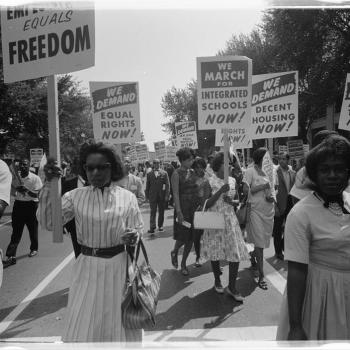
Grades
|
Examining the Legacy of the American Civil Rights Era
11 - 12
Lesson Plan
| Standard Lesson
As part of their study of Richard Wright's Black Boy, students research and reflect on the current black-white racial divide in America. By examining the work of literature in the context of contemporary events, students will deepen their understanding of the work and of what it means to be an American today.
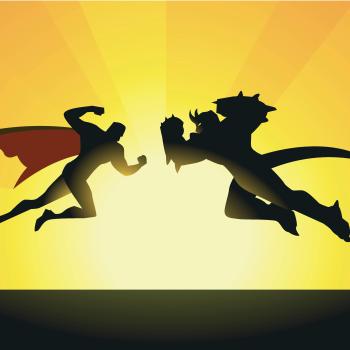
Grades
|
Fantastic Characters: Analyzing and Creating Superheroes and Villains
6 - 8
Lesson Plan
| Standard Lesson
Students analyze characterization by creating their own superheroes or super-villains,
complete with related gadgets and settings.

Grades
|
The Great Service-Learning Debate & Research Project
9 - 12
Lesson Plan
| Standard Lesson
Students debate about incorporating service-learning into their school's curriculum.
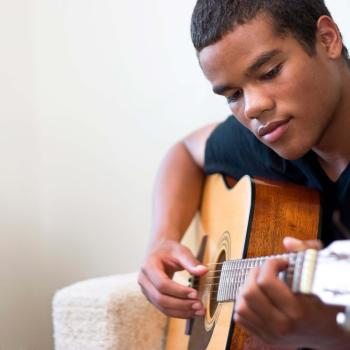
Grades
|
Songs of Our Lives: Using Lyrics to Write Stories
5 - 10
Lesson Plan
| Standard Lesson
Students learn about the life and music of John Lennon, write a short story from their lives integrating lyrics from some of their favorite songs, and create a class book of stories.

Grades
|
Cut up, Cover up, and Come Away with Ideas for Writing!
6 - 8
Lesson Plan
| Standard Lesson
Students rework their forgotten/abandoned drafts by cutting and covering up selected words. By creatively manipulating text, they explore portal writing, a strategy for envisioning a new story or story direction.

Grades
|
Creative Writing in the Natural World: A Framing
4 - 8
Lesson Plan
| Minilesson
Students practice writing detailed, sensory-rich descriptions by framing a small piece of nature and freewriting about it. From this minilesson, students can develop a variety of types of writing.

Grades
|
The Mysteries of Harris Burdick: Using Illustrations to Guide Writing
5 - 9
Lesson Plan
| Standard Lesson
Students use illustrations from The Mysteries of Harris Burdick as a guide to write mysteries
and then present their stories to the class for students to discuss to which illustration each
story corresponds.

Grades
|
Investigating Genre: The Case of the Classic Detective Story
9 - 12
Lesson Plan
| Standard Lesson
After critiquing a list of conventions for the genre, students read, view, or listen to a classic
mystery, and then produce a mystery of their own, reflecting on the purposeful ways in which
they adhered to or altered the genre conventions.

Grades
|
Facilitating Student-Led Seminar Discussions with The Piano Lesson
9 - 12
Lesson Plan
| Standard Lesson
August Wilson's play The Piano Lesson invites students to ask a number of questions—big
and small. Students learn how to create effective discussion questions and then put them to use in student-led discussions.
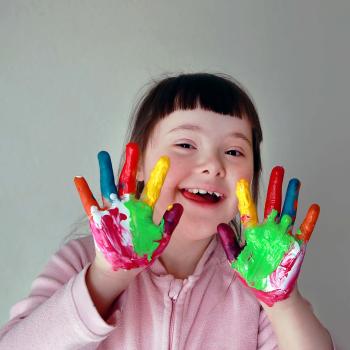
Grades
|
Color My World: Expanding Meaning Potential through Media
3 - 6
Lesson Plan
| Standard Lesson
Using different writing/drawing materials (e.g., markers, color pencils, pastels, etc.), students learn how to communicate different moods and/or feelings to support their written ideas and how authors do the same through their work.
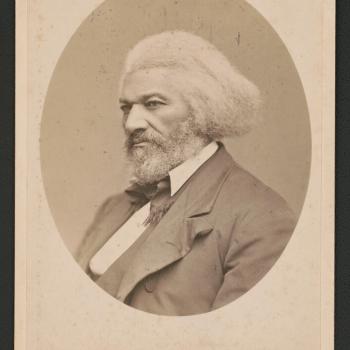
Grades
|
Comparing Portrayals of Slavery in Nineteenth-Century Photography and Literature
6 - 12
Lesson Plan
| Standard Lesson
In this lesson, students analyze similarities and differences among depictions of slavery in The Adventures of Huckleberry Finn, Frederick Douglass' Narrative, and nineteenth century photographs of slaves. Students formulate their analysis of the role of art and fiction, as they attempt to reliably reflect social ills, in a final essay.

Grades
|
Weaving the Multigenre Web
9 - 12
Lesson Plan
| Unit
Students analyze the elements of a novel in many different genres and then hyperlink these pieces together on student-constructed Websites.
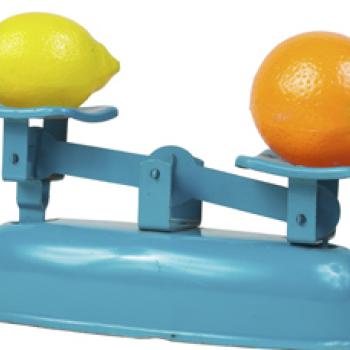
Grades
|
Teaching the Compare and Contrast Essay through Modeling
3 - 5
Lesson Plan
| Standard Lesson
The compare and contrast essay is taught through modeling from the brainstorming phase through the first draft.
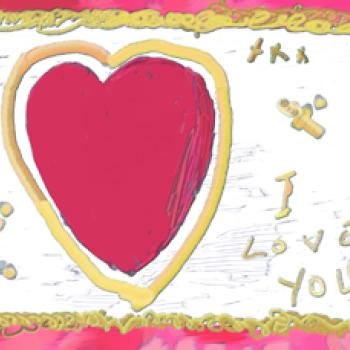
Grades
|
Writing Poetry with Rebus and Rhyme
K - 2
Lesson Plan
| Standard Lesson
This lesson encourages students to use rhyming words to write rebus poetry modeled on rebus books, which substitute pictures for the words that young students cannot yet identify or decode.

Grades
|
Unlocking the Underlying Symbolism and Themes of a Dramatic Work
9 - 12
Lesson Plan
| Standard Lesson
This lesson plan invites students to consider characters from Lorraine Hansberry's A Raisin in the Sun. Students explore a selected character and write poems about objects associated with that character.

Grades
|
Childhood Remembrances: Life and Art Intersect in Nikki Giovanni's "Nikki-Rosa"
6 - 8
Lesson Plan
| Standard Lesson
Students explore what Carol Jago calls the place "where life and art intersect" by reading Nikki Giovanni's poem, "Nikki-Rosa," and then writing about childhood memories of their own.

Grades
|
Genre Study: A Collaborative Approach
3 - 5
Lesson Plan
| Recurring Lesson
Students explore multiple genres through genre studies. They record evidence of genre characteristics on bookmarks as they read, and finish by giving a book review for their classmates.